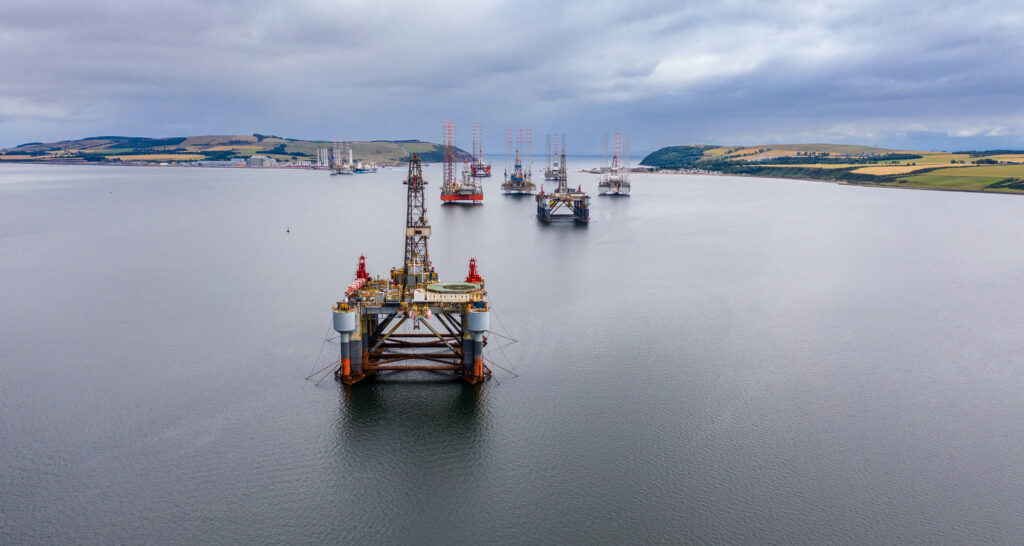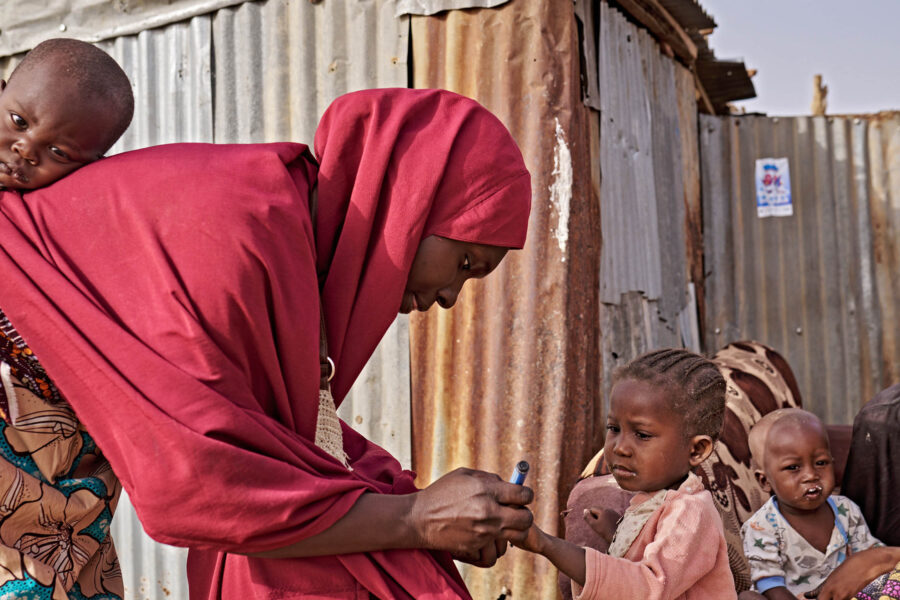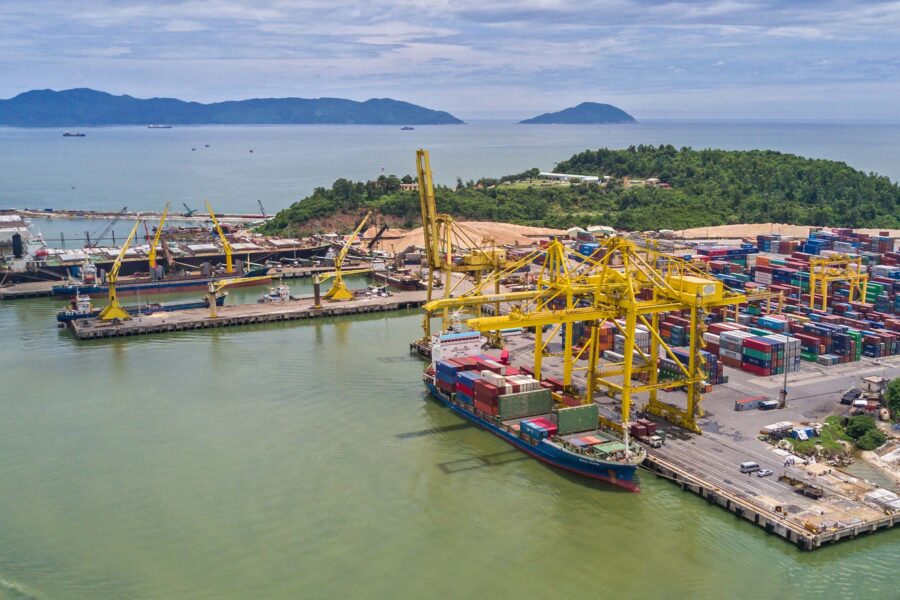The false dilemma between economy and planet
There is a growing chorus calling for delays to net-zero initiatives, blaming climate action for the current cost of living crisis. In reality, green investment can offer a path out of the economic troubles that have been building since the start of the century
Climate — Global

Almost two decades on from the period aptly described as the Great Moderation for advanced economies (the mid-1980s until around 2007), the global financial crisis of 2007–09, the COVID shock, and the resurgence of inflation have ushered in a new era of uncertainty, underpinned by the ever more imminent climate crisis. Inflationary pressures in the developed world, especially in the EU, have been predominantly triggered by the surge in energy prices in the second half of 2021 and early 2022. An array of factors (discussed below) contributed to a significant overshoot of inflation targets in the EU and the US.
The implications are severe for all economic sectors and are also putting at risk critical green investment. Government support to citizens in times of need, combined with monetary tightening, is putting the transition to net zero in peril. A resurgence of austerity in advanced economies is also expected to provoke resistance to necessary measures for the green transition, such as carbon taxes.
Nonetheless, a bold and targeted policy response from governments and international institutions could turn the energy crisis into an opportunity for catalyzing green transition. The high costs of fossil fuels and supply disruptions have strengthened the spread and competitiveness of renewable energy sources such as wind and solar power. Targeted policies, incentives for increases in renewable energy capacity, and international cooperation could alleviate the adverse impact of high energy prices and align with climate goals toward net zero.
A perfect storm
Gas prices began to skyrocket in the summer of 2021. Indeed, the price of gas on the major European gas trading hubs had tripled by October 2021 compared with a year earlier, even before the invasion of Ukraine in February 2022 pushed prices still higher. The primary reason was the worldwide economic recovery after COVID-19, which increased global gas consumption, while investments in upstream gas production had remained constant since 2015.
The onset of war exacerbated worldwide gas shortages, since supplies from Russia to its primary import zone of Central Western Europe (CWE) initially fell to a tiny percentage of pre-war levels – and eventually ceased entirely after the Nord Stream pipelines were attacked. The unexpected decline in supply resulted in unprecedented shortages in gas markets and a price spike to over EUR €300/MWh (15 times pre-crisis levels). This, in turn, had an adverse impact on European electricity prices.
Combined with power plant maintenance shutdowns (almost half of France’s nuclear capacity was out of service for extended periods in the fall and winter of 2022–23), this resulted in price spikes of several hundred euros per MWh throughout Europe on the CWE electricity market. The massive spike in wholesale market prices also resulted in rising consumer energy bills, sparking a heated political debate over how to shield EU residents from these turbulences.
To fight rising energy bills, the EU Commission and other member states have suggested or implemented gas price caps at various levels. On the one hand, the EU Commission has proposed a “dynamic price limit” on the TTF (Title Transfer Facility) energy exchange in the Netherlands – the key wholesale market hub for gas. On the other, some member states have proposed gas price caps on retail pricing (for example, Germany imposed a cap for consumer gas prices at 12 euro-cents per kWh under certain conditions). The purpose is to provide affordable electricity to struggling businesses and households. Whether these measures are effective and reasonable in the long term, however, remains open to debate.
Sectoral repercussions
The first and most salient effect of surging energy prices is the cost-of-living crisis. Headline inflation rates have been rising across the globe, overshooting the 2% targets set by the US Federal Reserve, the European Central Bank, and the Bank of England. The European Commission expects baseline inflation to stabilize at 6.7% this year and drop to 3.2% in 2024, still notably above the 2% target.
Inflationary pressures have been driven predominantly by the skyrocketing gas prices discussed above, but core inflation has remained above 5% even after the normalization in the second quarter of 2023. Moreover, food prices have increased substantially and have exhibited a lagging effect. Annual food inflation in the EU reached 15.5% in March 2023 and remained in double digits throughout the summer.
Other contributors to inflationary persistence (albeit with declining headline rates) have included:
- on the demand side: robust spending, boosted by widespread income support measures in both the US and EU
- on the supply side: a marked concentration in product markets (less competition) allowing firms to maintain or increase profit margins by passing high input costs onto consumers
The decisive response of monetary policy tightening across the two sides of the Atlantic has tamed inflation to a certain extent. However, it also raises the risk of undermining the economic recovery after COVID. Both the International Monetary Fund and the European Commission have revised their growth projections downwards. Crunching liquidity meanwhile has started to hamper consumption and investment in advanced economies.
In the EU, particularly, 2023 growth projections have been revised down to 0.8% from 1% in May, based on subpar manufacturing performance, inflationary headwinds, and low external demand, mainly due to China’s poor economic recovery. As policymakers are agile and expect second-round effects driven mostly from wages, the monetary stance is not expected to change over the next year or so, and communication by central bankers is underlining this continuation of monetary tightening.
High (and rising) interest rates hinder investment and can especially deter the financing of the green transition. Projects associated with climate change mitigation and adaptation are characterized by high capital expenditure and elevated uncertainty. The persistence of exceptionally low interest rates after 2010 was one of the decisive factors fueling unprecedented progress in investment for the green transition. For example, favorable financing conditions following expansionary monetary policy in most economies contributed to the steep drop in the levelized cost of electricity (LCOE) of renewable energies, thus bringing the cost of electricity production from renewable sources to level terms with traditional, fossil-fuel-based power plants.
The sharp reversal in lending rates and the concomitant fragmentation in money and capital markets could have the exact opposite effect in a period where financing climate change mitigation and adaptation is so vital. According to the International Energy Agency (IEA), the LCOE of a power plant running on natural gas would change only marginally after a 100% increase in discount rates, whereas the increase for a facility using offshore wind following the same rise in rates would be around 45%. These challenges only compound the inherent risks of green investment and the high uncertainties underpinning climate change and its effects on human life.
In addition, regulatory and fiscal measures to support the green transition can create higher costs for private corporations, who may pass these costs onto consumers. This can generate an inflationary feedback loop, which in turn can stifle green innovation and create an unwelcoming environment for key environmental policies.
Finally, surging energy prices and the accompanying cost-of-living crisis faced by many citizens have spurred fiscal measures to support disposable income. Bolstered by flagship initiatives like the Inflation Reduction Act in the US and the Recovery and Resilience Facility in the EU, governments have allocated non-negligible amounts to citizens. This encouraging development, however, implies that funds are being shuffled away from green investment, where tangible results will only be seen in the long term and entail an element of uncertainty.
As the need to tame high levels of public debt grew during the pandemic-induced “grace period,” tight fiscal measures in an inflationary environment are likely to induce public disillusionment toward climate targets. Disenchanted with fiscal austerity, we could well observe increased public resistance to much-needed climate policy interventions such as a carbon tax, and the growing appeal of populists downplaying the effects of climate change.
Accelerating the transition
Despite the multifaceted, adverse impact of the surge in energy prices since 2021, the crisis could offer an opportunity to accelerate the switch to clean energy and align with the green transition and the Sustainable Development Goals (SDGs). As discussed, electricity generation from renewables is already competitive compared with production using fossil fuels. According to the IEA, battery innovations have driven up the average range of electric vehicles from 127km in 2010 to 349km in 2021. The price of solar panels, meanwhile, fell 99.6% between 1997 and 2020. Even without new, targeted policies, demand for the three fossil fuels (carbon, oil, and gas) is expected to peak during the current decade.
Investment in renewable energy, policies aimed at behavior change, and incentives to shift to production and consumption based on renewable energy can act as the start of a virtuous rather than a vicious cycle. Reliance on fossil fuels, especially natural gas, exacerbated the energy crisis after 2021 and was a result not just of geopolitics but also of short-sighted economics. To avoid making similar mistakes, we must balance the need to alleviate the cost-of-living crisis with the imperative to avoid an implosion of climate change action. The effectiveness of the green transition will depend on policy design, implementation, and monitoring.
REPowerEU – the EU’s plan to rapidly reduce dependence on Russian fossil fuels – is a step in the right direction. It diversifies the EU energy supply, enhances buffers for future shocks, and, perhaps more importantly, provides incentives for renewable energy. In 2022, 39% of EU electricity was produced by renewables. In 2023, the EU raised its binding target for renewable energy as a proportion of total energy consumption to 42.5% for 2030 – almost a doubling of the existing share of renewable energy in the EU.
Meanwhile, the Net Zero Industry Act – also heavily influenced by the energy crisis – aims to promote investment in Europe’s manufacturing capacity of net-zero technologies. The act aims to:
- amend regulations to minimize administrative cost for net-zero manufacturing projects
- incentivize green innovation through open access to scientific knowledge and information and regulatory “sandboxes”
- simplify access to public procurement schemes to ensure that green projects are competitive
Across the Atlantic, the Inflation Reduction Act will allocate USD 369 billion over 10 years to support renewable energy capacity, emissions abatement, and environmental justice. The measures include tax incentives and subsidies for electric vehicles, heat pumps, batteries, nuclear power, clean hydrogen generation, wind, and solar energy.
A global effort
The critical shift toward renewable energy, which would have the joint effect of mitigating inflationary pressures and promoting the green transition, cannot be achieved without international cooperation. The need for cooperation is enshrined in the last – but not least – SDG (17) and is of utmost importance in this case. As the Intergovernmental Panel on Climate Change outlines in its 2023 Synthesis Report: “Climate resilient development integrates adaptation and mitigation to advance sustainable development for all and is enabled by increased international cooperation including improved access to adequate financial resources, particularly for vulnerable regions, sectors and groups, and inclusive governance and coordinated policies.”
Incentives for green innovations and renewable energy that are commingled with disincentives for brown technologies and fossil fuels will not suffice in a 21st century beggar-thy-neighbor environment. Bypassing climate legislation by changing jurisdictions cannot be a viable option for polluting firms. International cooperation on a carbon tax and harmonization of carbon markets (as in the EU Emissions Trading System) is a difficult, yet pivotal, task for the international community.





